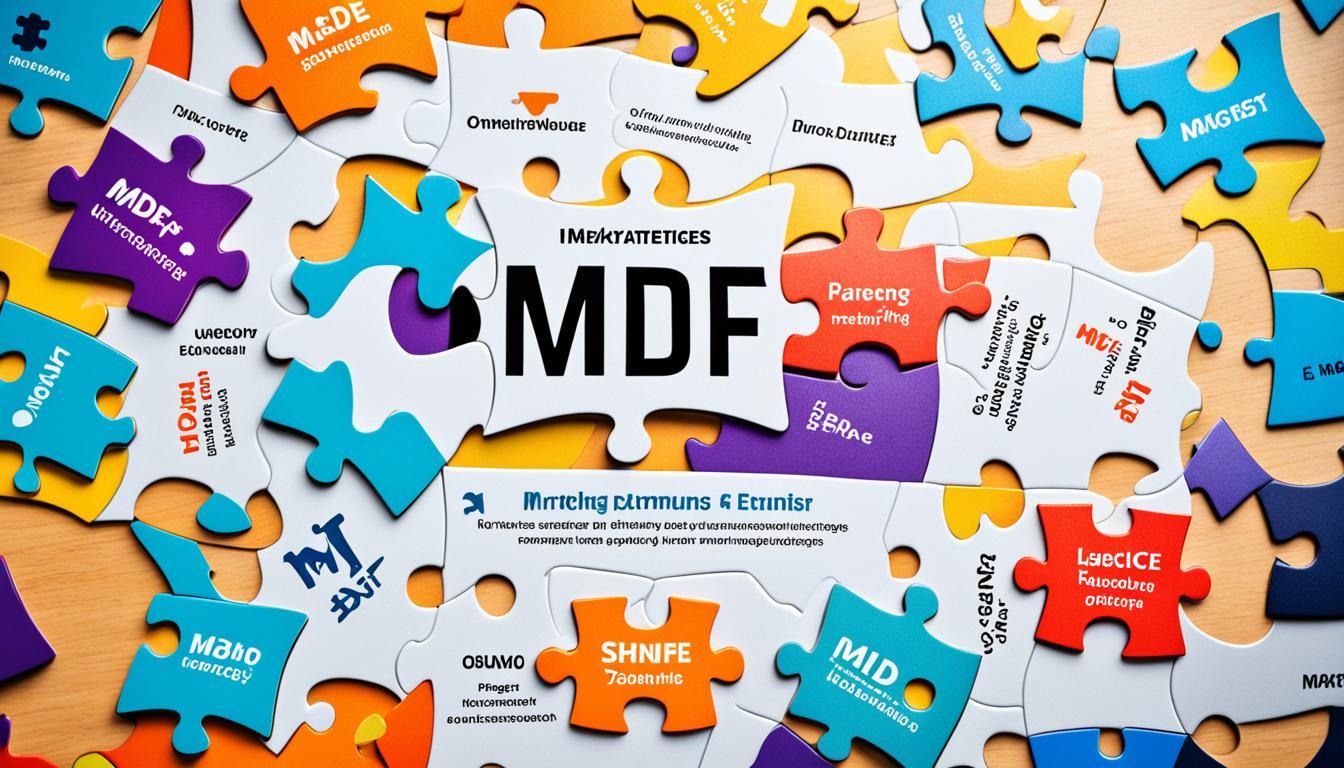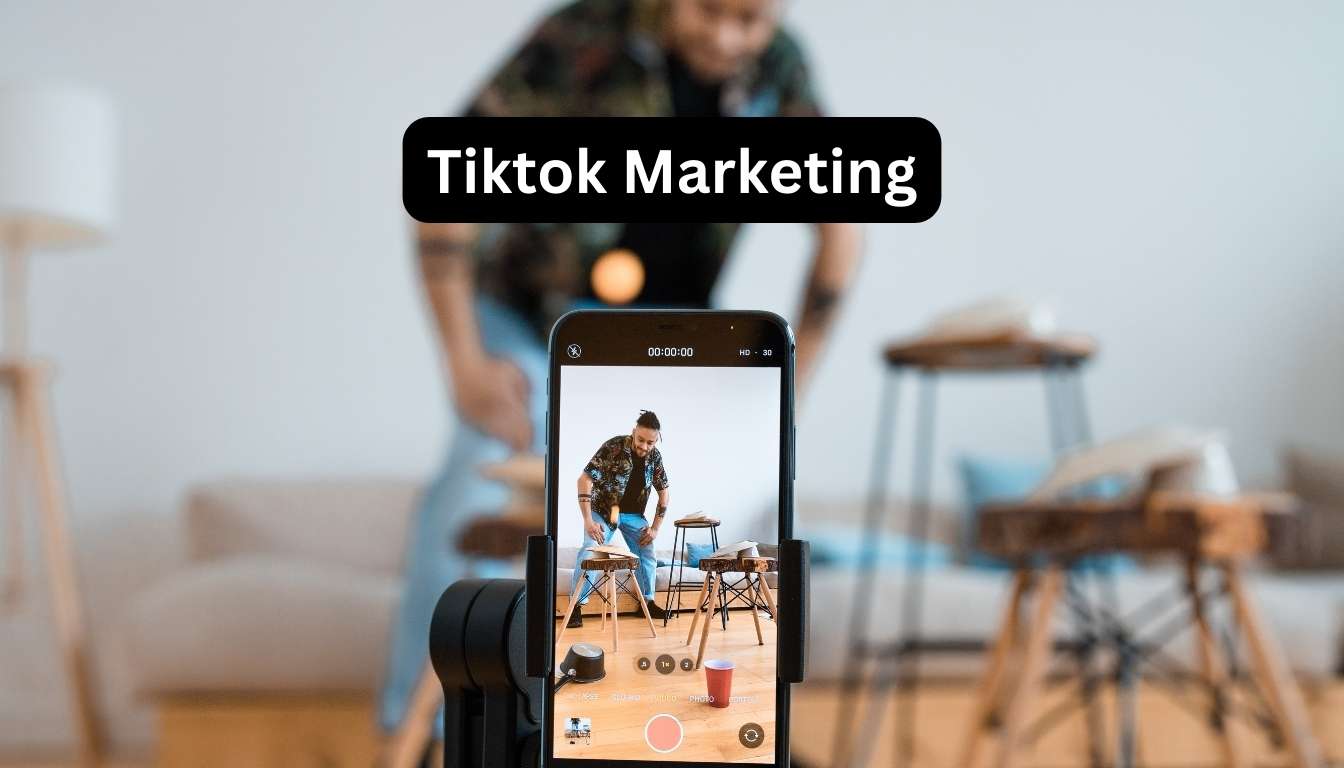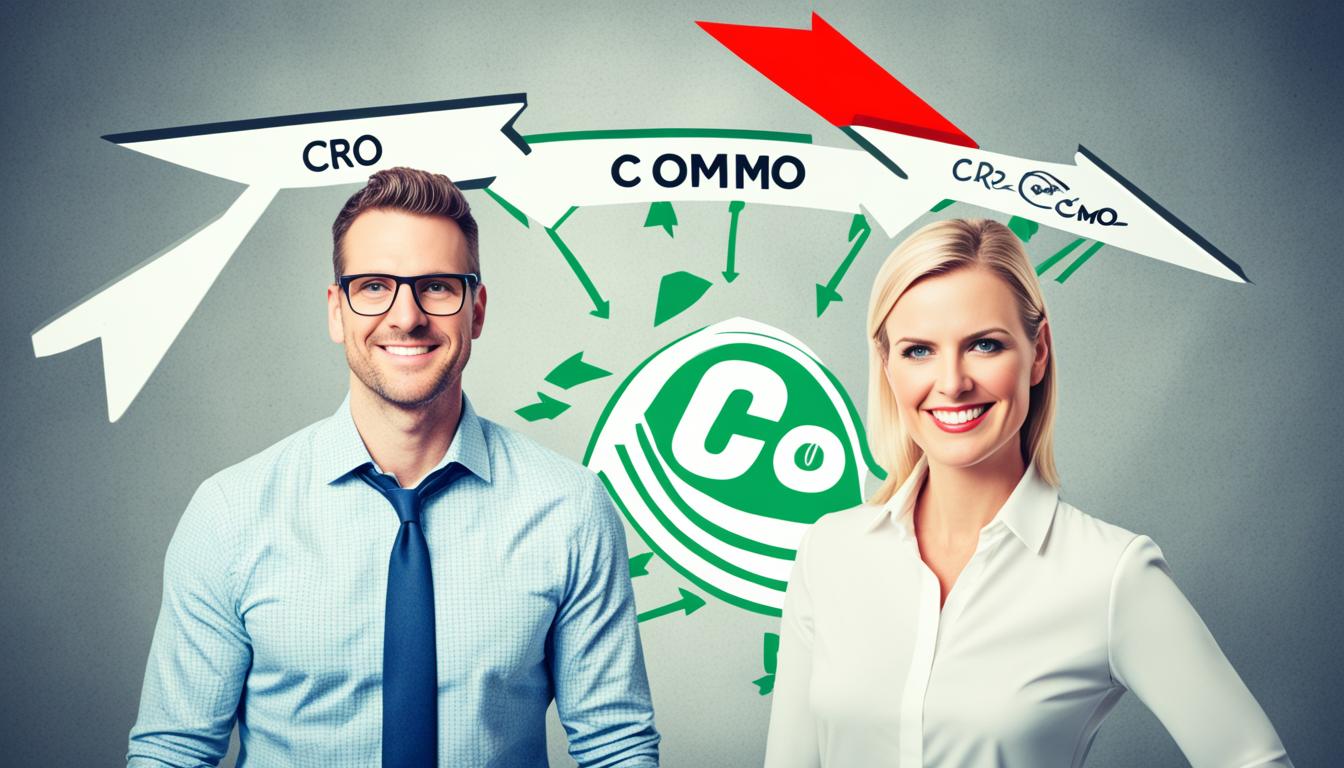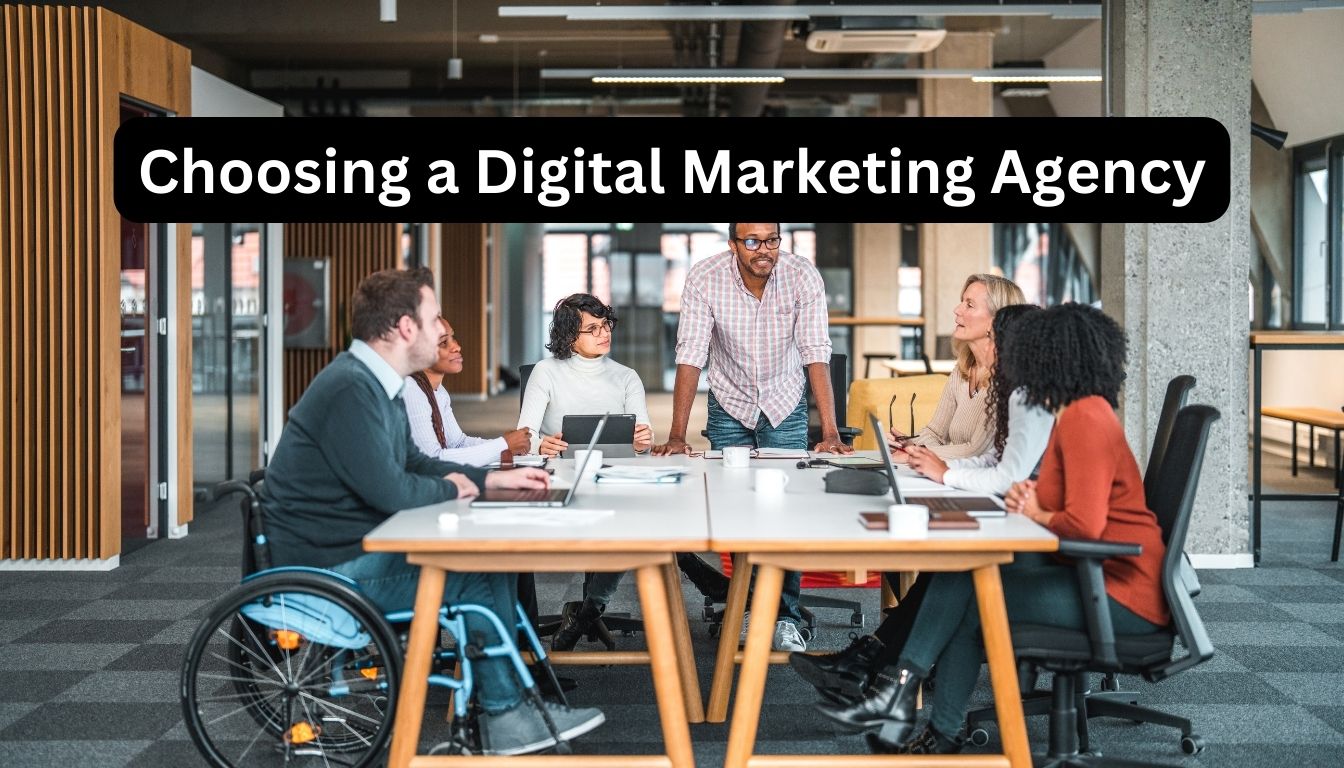Sponsorship marketing is when brands partner with events or people. They do this for benefits on both sides. Brands give support, like money or goods, to get their name out there. Big partnerships have included PepsiCo with the NFL and Coca-Cola with the Olympics.
Other examples are Just Eat and The X Factor, as well as Emirates and Arsenal. Sainsbury’s teamed up with The Great British Bake Off. Nike partnered with soccer star Cristiano Ronaldo.
Key Takeaways:
- Sponsorship marketing is a powerful strategy that allows brands to align themselves with events or individuals for mutual benefit.
- Successful examples of sponsorship marketing collaborations include PepsiCo and the NFL, Coca-Cola and the Olympic Games, Just Eat and The X Factor, Emirates and Arsenal, Sainsbury’s and The Great British Bake Off, and Nike and Cristiano Ronaldo.
- Sponsorship marketing offers brands promotional opportunities in exchange for financial or in-kind support.
- By partnering with popular events or individuals, brands can increase their visibility and create positive associations with their own brand.
- Sponsorship marketing can lead to increased brand visibility, efficient lead generation, and improved consumer perception.
The Power of Sponsorship Marketing
Sponsorship marketing is a powerful tool for brands. It helps increase visibility, reach specific audiences, and boost brand image. By partnering with popular events or celebrities, brands can connect with a large fanbase. This leads to more exposure and positive vibes for their own brand.
Sponsorship marketing increases brand visibility and generates leads efficiently. It also improves how consumers see the brand.
The Benefits of Sponsorship Marketing
One key benefit of sponsorship marketing is more brand visibility. By partnering with famous events or groups, brands get seen by more people. This can attract new customers who might not know the brand otherwise. Ultimately, this can spur growth and success.
Sponsorship marketing also lets brands reach their ideal customers directly. By choosing events that draw in their target audience, brands can communicate their message effectively. This approach leads to better lead generation and could increase sales and conversions.
Moreover, sponsorship marketing boosts how consumers view a brand. Partnering with respected events or organizations shines a positive light on the brand. This can make the brand appear more trustworthy and appealing to consumers.
In conclusion, sponsorship marketing offers many advantages. These include greater visibility, better lead generation, and a stronger brand image. By smartly choosing who to partner with, brands can enhance their image and connect with their audience meaningfully.
Different Types of Sponsorship
There are many ways to do sponsorship marketing. Brands can choose from a variety of sponsorship types. Each type offers unique benefits for both the sponsor and the one being sponsored.
Monetary Sponsorship
This sponsorship means giving money to get promotion chances. Brands can take part in events or support organizations or people. This way, they can become more visible and get their audience to think positively about them.
In-kind Sponsorship
Instead of money, brands give products or services. They might donate items or offer help related to the sponsored event or activity. This method lets brands show off their stuff. It also helps build a connection with the audience through support.
Media Sponsorship
This kind relies on getting the word out through media. It can include social media, website features, or TV spots. By teaming up with media, brands can get in front of more people. It’s a good way to make a brand more seen and talked about.
Promotional Partnerships
This involves teaming up with famous people or influencers for promotions. They could endorse the brand or work together on social media. This strategy lets brands use the influencer’s popularity to boost their own image. It reaches the audience in a more direct way.
There are many benefits to each sponsorship type. Be it cash support, in-kind gifts, media exposure, or working with promoters, brands can use these strategies to stand out. They help reach the right people and build a good image with the sponsored party.
| Type of Sponsorship | Definition | Benefits |
|---|---|---|
| Monetary Sponsorship | Financial support provided by the sponsor to the sponsee |
|
| In-kind Sponsorship | Products or services provided by the sponsor to the sponsee |
|
| Media Sponsorship | Promotion of the sponsee’s activity through media channels |
|
| Promotional Partnerships | Individuals or influencers promoting the sponsee’s brand or event |
|
Sports Sponsorship
Sports sponsorship helps brands reach people who love sports. It lets them increase visibility and attract a specific audience. By connecting with sports events, teams, or athletes, brands build stronger awareness. They also link positive feelings to their products or services.
Several types of sports sponsorship exist for brands to explore. Event sponsorship is one such type, supporting competitions like the European Rugby Champions Cup. Here, brands can shine through event branding and media buzz. Then we have stadium sponsorship, such as the Emirates Stadium. This allows brands to display logos and interact with fans at games.
Shirt sponsorship is a key strategy. TeamViewer’s partnership with Manchester United puts their logo on jerseys. This scores big exposure during games and on TV. Team sponsorship pairs brands with squads like British Athletics, thanks to UK Sport. It shows off their backing for a sport. Lastly, athlete sponsorship, like Nike with Cristiano Ronaldo, uses stars’ fame to boost brands.
| Sponsorship Type | Example |
|---|---|
| Event Sponsorship | European Rugby Champions Cup |
| Stadium Sponsorship | Emirates Stadium |
| Shirt Sponsorship | TeamViewer and Manchester United |
| Team Sponsorship | UK Sport and British Athletics |
| Athlete Sponsorship | Nike and Cristiano Ronaldo |
Sports sponsorship offers big benefits. It puts brands’ logos on team kits and in stadiums. Plus, it boosts media coverage. This strategy effectively reaches sports enthusiasts. It makes a brand’s presence strong in the sports world.
Event Sponsorship
Event sponsorship is a key marketing tool. It connects brands with events like charity balls and conferences. This gives brands a chance to show off and link up with these events.
Mastercard’s sponsorship of the Olivier Awards is a great example. This shows Mastercard’s support for the arts. It also gets them noticed by people who love theater.
PepsiCo sponsors the NFL Super Bowl, a huge sporting event. This move helps PepsiCo reach tons of viewers. It cements them as a top drink choice among football fans.
When a brand sponsors an event, they get to boost their visibility. They can use signs, banners, and give out cool merchandise. These things help make a strong and lasting impression.
Sponsorship also lets brands shine online. They can run social media campaigns, involve their websites, and work with others for more content. These steps help increase their online presence and engagement.
Brands can host workshops or talks at these events too. This positions them as leaders in their field. Sharing their know-how helps connect with people at the event. It shows they’re all about offering value.
TV sponsorship is another way to sponsor. It means teaming up with TV shows or channels. This can get a brand in front of even more people. Popular TV shows or channels can really boost a brand’s visibility.
To wrap it up, event sponsorship is a big opportunity for brands. It helps them get noticed, link up with events, and talk to their audience. By picking the right events and ways to promote themselves, brands can leave a strong mark that people remember.
| Benefits of Event Sponsorship |
|---|
| Increased brand visibility |
| Enhanced brand association |
| Opportunities for event branding |
| Effective promotional items |
| Online branding initiatives |
| Engaging in hosting sessions |
| TV sponsorship reach |
Sponsorship in Media
Sponsorship in media lets brands join forces with TV, radio, podcasts, or YouTube to boost their visibility. It’s a powerful way to get more people to know about them through integrated campaigns.
This way, brands can shine on-air, online, or on social media. Getting known by more people helps a lot.
Think of Crosta & Mollica teaming up with Channel 4 for food spots. Or MoneySuperMarket with films, and Hilton with Live Nation for ticket perks.
Brands use media sponsorship to hitch a ride on the fame of these channels. It’s a smart move to get their name out there and connect with potential buyers.
Also, it’s a chance to team up with big names in media. This spruces up a brand’s look and trustworthiness.
By choosing the right media partners, brands can spread their wings. They dive into new areas, meeting varied people with unique tastes.
In short, media sponsorship is a game-changer. It helps brands get noticed by more people. And not just any people, but the right ones. It’s about making a lasting impression and reaching marketing success.
Sponsorship as a Partnership
Sponsorship marketing is about brands working together for mutual benefit. In this team-up, the sponsor supports the sponsee with money or resources. In return, the sponsee helps promote the sponsor’s brand.
Through sponsorship, brands connect with events, groups, or individuals. This partnership is beneficial for both and helps reach common goals. The effort put into collaboration varies, but the aim to support each other stays the same.
Both big and small brands can gain from these partnerships. Smaller brands can boost their image, reach new people, and access broader markets by teaming up with bigger names. Big brands, in turn, can expand their influence and connect with specific groups by sponsoring relevant events or organizations.
Strategic sponsorships allow for focused marketing efforts. Sponsors can target their ideal audience by associating with certain events or groups. This direct method improves chances of brand engagement and achieves better marketing results.
Sponsorship also means more eyes on your brand. By teaming up with a well-known sponsee, sponsors boost their brand’s visibility. More visibility can lead to better brand recognition, improved perception, and stronger loyalty among consumers.
Another big plus is reaching new audiences. By sponsoring events or groups that attract different crowds, brands can explore new markets. This can increase sales, market share, and pave the way for growth.
Example of a Successful Sponsorship Partnership
Nike’s partnership with Cristiano Ronaldo is a prime example of sponsorship success. Nike, a top sports brand, sponsors Ronaldo, a famous soccer star with a huge fan base. This partnership links Nike with Ronaldo’s success, giving it access to fans across the globe. Ronaldo, in return, showcases Nike’s gear, sharing the brand with his followers. It’s a win-win, leveraging Ronaldo’s fame and Nike’s established reputation.
| Benefits of Sponsorship as a Partnership |
|---|
| Enhanced brand credibility and reputation |
| Access to new markets and target audiences |
| Increased brand visibility and recognition |
| Direct and targeted marketing opportunities |
| Opportunity for long-term business growth |
Benefits of Sponsorship Marketing
Sponsorship marketing is key for brands. It involves strategic partnerships and aligning with events or people. Through it, brands can enhance their market presence.
1. Increased Brand Visibility
Sponsorship marketing helps brands reach more people. By linking with popular events or groups, a brand can widen its audience. This makes the brand more known and recognized.
2. Efficient Lead Generation
This type of marketing connects brands with their target audience effectively. It allows brands to interact closely with potential customers. This leads to better relationships and more customer loyalty.
3. Enhanced Consumer Perception
Being connected with respected entities improves how people see your brand. Your brand gains positive attributes from these associations. This boosts your brand image and reputation.
4. Valuable Networking and Partnerships
Sponsorship marketing offers networking chances and partnerships. It enables collaboration with others to extend market reach. These relationships bring shared knowledge and access to new markets.
5. Cost-Effective and Impactful Marketing
It’s a budget-friendly marketing strategy. Brands can focus their resources better by leveraging sponsorships. This yields a higher return on investment and measurable outcomes.
| Benefits of Sponsorship Marketing |
|---|
| Increased Brand Visibility |
| Efficient Lead Generation |
| Enhanced Consumer Perception |
| Valuable Networking and Partnerships |
| Cost-Effective and Impactful Marketing |
Sponsorship marketing has many benefits for growing brands. It helps increase visibility, generate leads, and improve consumers’ views. By forming strategic partnerships, brands achieve effective marketing while saving money.
Conclusion
Sponsorship marketing is a key way for brands to meet their goals. It involves working with events, groups, or famous people. This helps brands become more visible and reach the people they want to talk to. This approach has many plus points. It makes the brand more seen, brings in leads, and improves how people see the brand.
One big benefit is how it lets brands connect with well-liked and trusted names. This boosts the brand’s image in a good way. Sponsorship is also a smart way to get more known without spending too much. It opens doors to new markets and groups, making the brand stronger.
To make sponsorship work well, brands need a solid plan. They should pick sponsorships that match their values and appeal to their audience. By doing this, brands can make their presence felt stronger. They can create lasting relationships and stand out in a busy market.




